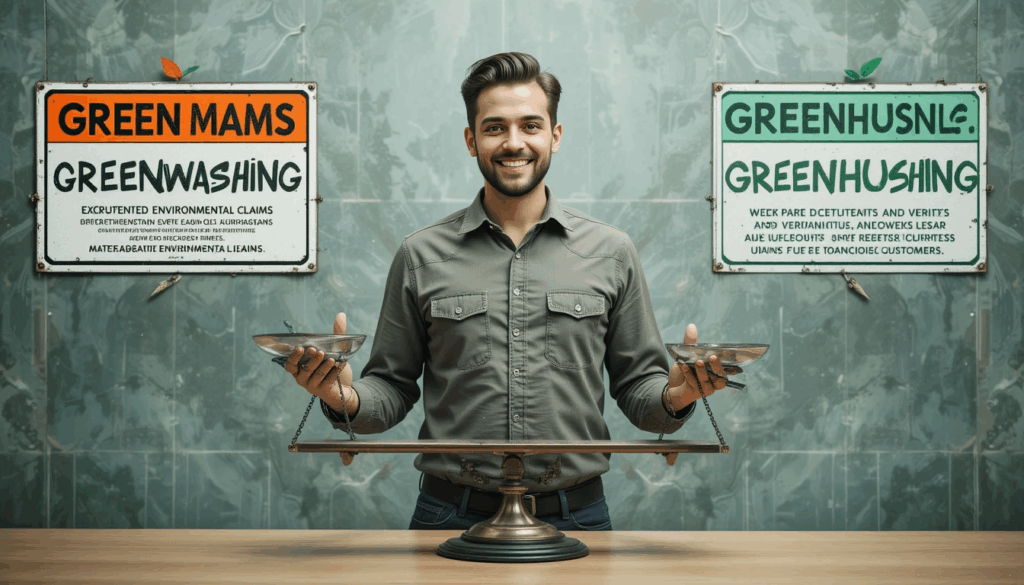Greenhushing liability represents the newest sustainability dilemma for businesses in 2025. As fear of “greenwashing” accusations reaches fever pitch, companies are drastically under-reporting sustainability efforts—only to discover this caution creates its own risks. A organic textile company lost $150,000 in grants and eco-conscious customers by remaining silent about their legitimate sustainability achievements, while still facing scrutiny from regulators who suspected they were hiding poor practices. This lose-lose scenario is playing out across industries as businesses struggle with sustainability communication in an era of heightened suspicion.
Why Greenhushing Hurts Businesses
-
Missed Funding: 68% of green grants require detailed sustainability reporting
-
Consumer Distrust: Silence often reads as “having something to hide”
-
Competitive disadvantage: Sustainable brands grow 5.6x faster than conventional ones
-
Regulatory Risk: New EU laws mandate environmental disclosure regardless of communication choices
The average business missing out on grants and premium customers due to greenhushing loses $280,000 annually in potential revenue—often while still facing compliance costs.
3 Strategies for Balanced Sustainability Communication
1. Adopt Third-Party Verification
-
Pursue certified standards (B Corp, Green Business Bureau) rather than self-declared claims
-
Use blockchain-based environmental tracking for undeniable proof
-
Leverage tools like Greenly or Normative for automated carbon accounting
2. Implement the “Proof, Not Poetry” Framework
| Risky Approach | Verified Alternative |
|---|---|
| “We’re eco-friendly” | “92% recycled materials (certified by GreenCircle)” |
| “Carbon neutral” | “42% emissions reduction (2023 Impact Report)” |
| Vague promises | Specific, measurable targets with timelines |
3. Create Transparency Tiered System
-
Level 1: Basic compliance reporting (required)
-
Level 2: Industry-standard disclosures (recommended)
-
Level 3: Advanced impact metrics (competitive advantage)
Case Study: Food Manufacturer’s Breakthrough
After being accused of greenwashing for vague claims:
1️⃣ Hired third-party verification ($12,000 audit)
2️⃣ Created detailed sustainability dashboard on website
3️⃣ Implemented quarterly impact reports with specific metrics
Result: Won $200,000 in green grants + 37% sales increase
Critical 2025 Considerations
-
EU CSRD: Mandates sustainability reporting for companies with €40M+ revenue
-
FTC Green Guides: Updated guidelines increase enforcement against vague claims
-
Consumer Expectations: 74% want detailed environmental impact data before purchasing
Hidden Opportunities
-
Premium Pricing: Verified sustainability claims support 15-20% price premiums
-
Investor Appeal: ESG-focused funds prefer transparent reporters
-
Talent Acquisition: 70% of employees prefer working for environmentally transparent companies
Bottom Line
Greenhushing liability poses real risks, but the solution isn’t silence—it’s verified, specific communication. By embracing third-party validation, adopting transparent reporting frameworks, and leveraging the growing demand for authentic sustainability, businesses can avoid both greenwashing accusations and the opportunity costs of staying silent.



